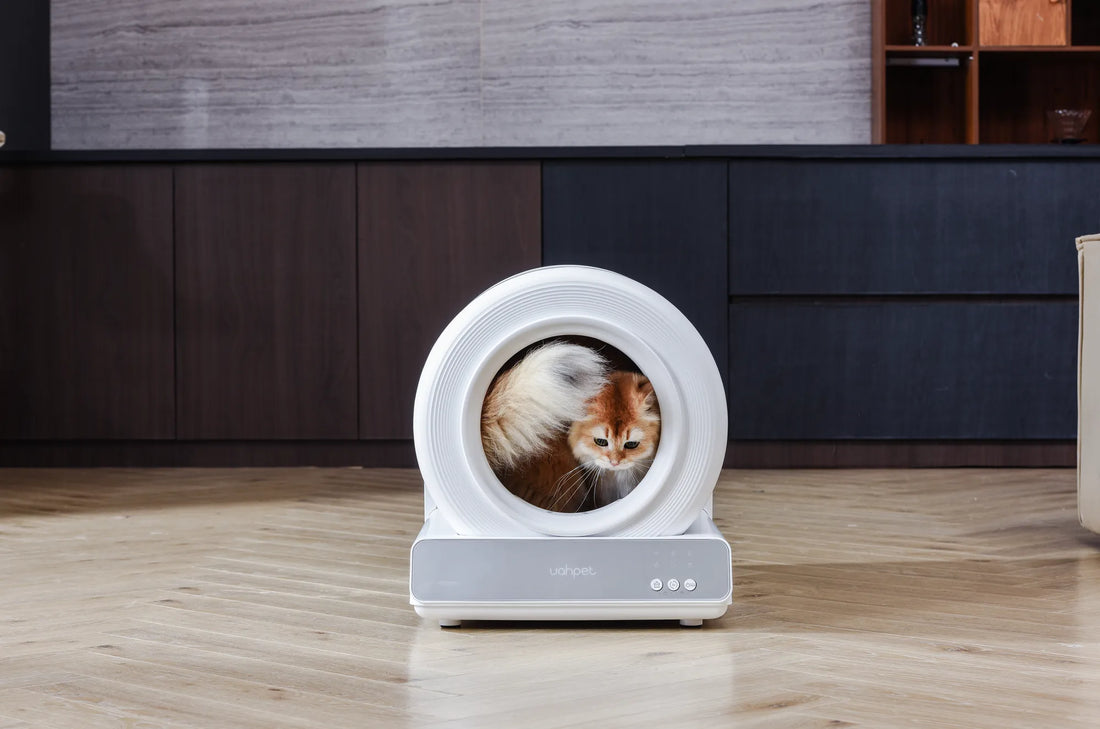When it comes to creating a comfortable and healthy environment for your feline friend, the placement of their food and litter box plays a crucial role. Many pet owners often overlook this detail, but the distance between these two essential items can significantly impact your cat's well-being. So, how far should cat food be from the litter box? Let’s dive into the details to ensure your furry companion thrives in a clean and stress-free space.
Why Distance Matters
Cats are naturally clean animals, and their instincts drive them to avoid contamination. In the wild, they would never eat near their waste. This behavior is deeply ingrained, and domestic cats carry the same instincts. Placing their food too close to the litter box can lead to stress, refusal to eat, or even health issues. Understanding this natural behavior is the first step in creating a harmonious living space for your pet.
The Ideal Distance
Experts recommend keeping your cat's food and water bowls at least 6 to 10 feet away from the litter box. This distance ensures that your cat feels comfortable eating without the lingering scent of their waste. If space is limited, consider placing the food and litter box in separate rooms or using barriers like furniture to create a sense of separation. The goal is to mimic their natural environment as closely as possible.
Practical Tips for Placement
Here are some actionable tips to help you achieve the ideal setup:
- Separate Rooms: If possible, place the litter box in a quiet, low-traffic area like a bathroom or laundry room, while keeping the food in a more central location like the kitchen.
- Use Barriers: If separate rooms aren’t an option, use furniture or room dividers to create a physical separation between the two areas.
- Elevate Food Bowls: Placing food bowls on a raised surface can help reduce the risk of contamination and make your cat feel more secure while eating.
- Regular Cleaning: Maintain a strict cleaning routine for both the litter box and food area to minimize odors and ensure hygiene.
Common Mistakes to Avoid
Many pet owners unknowingly make mistakes that can affect their cat’s comfort and health. Avoid these common pitfalls:
- Placing Food Near the Litter Box: Even if it seems convenient, this can lead to stress and refusal to eat.
- Ignoring Odors: Cats have a keen sense of smell, and lingering odors can deter them from using the litter box or eating.
- Overcrowding: In multi-cat households, ensure each cat has their own designated space for food and litter to avoid territorial disputes.
Signs Your Cat Is Uncomfortable
Pay attention to your cat’s behavior to determine if the current setup is working. Signs of discomfort include:
- Refusing to eat or drink
- Eliminating outside the litter box
- Excessive grooming or stress-related behaviors
If you notice any of these signs, it’s time to reevaluate the placement of their food and litter box.
Creating a Stress-Free Environment
Beyond the distance between food and the litter box, there are other ways to ensure your cat feels safe and comfortable:
- Provide Multiple Litter Boxes: In multi-cat households, having one litter box per cat plus an extra can reduce competition and stress.
- Choose the Right Litter: Experiment with different types of litter to find one your cat prefers.
- Offer Quiet Spaces: Cats appreciate quiet, secluded areas where they can retreat and relax.
By taking these steps, you can create an environment that supports your cat’s natural instincts and promotes their overall well-being.
Ensuring the right distance between your cat’s food and litter box is a simple yet impactful way to enhance their quality of life. By understanding their needs and making thoughtful adjustments, you can create a space where your feline friend feels safe, comfortable, and happy. Start implementing these tips today and watch your cat thrive in their new, well-organized environment.













